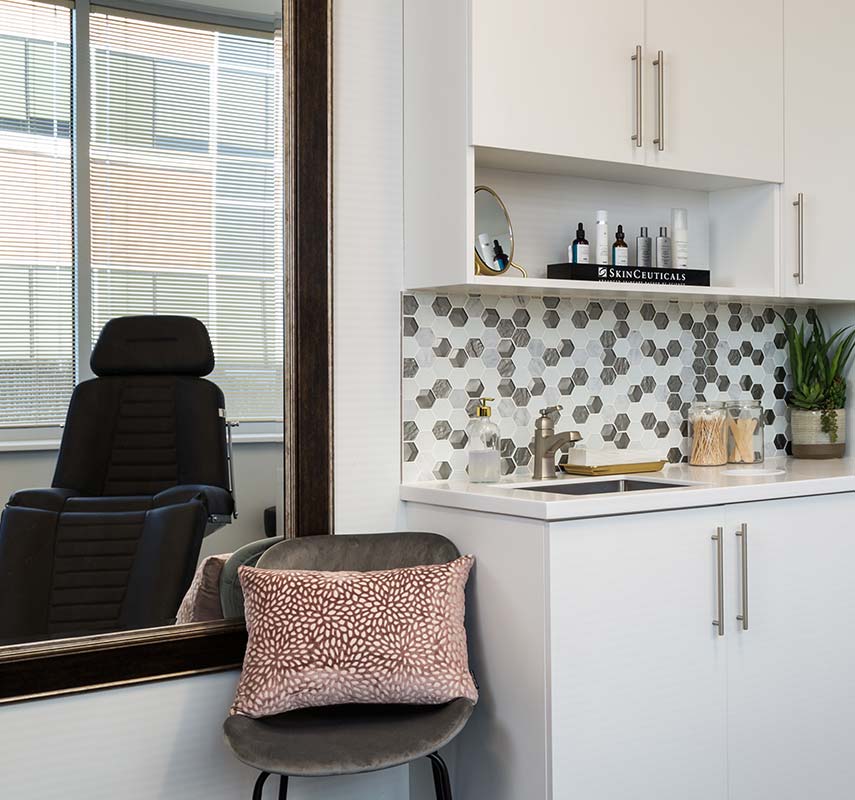
Scar Revision Surgery
These scars may be tight, significantly limiting movement and facial expression. In some cases they cover a large surface area, dramatically affecting appearance and self-esteem and possibly causing pain and discomfort. In other cases yet, the scars may be very dark or disfigured, again interfering in one’s personal and professional life.


Surgical Scar Revision
It can help patients regain self-confidence and in turn improve relationships and career outlook. Scar revisions can also improve function by loosening up the skin and relieve pain by addressing underlying issues.
At Nova Plastic Surgery, we change lives through empowering surgical scar revision for patients who need it most.
Plastic Surgery
Plastic surgery isn’t always done to improve the natural appearance; it can also be performed to rebuild the face or related structures following trauma, fire, or severe infection or illness affecting the skin or face. Sometimes multiple surgeries are required, especially if an emergency surgery was performed in a hospital and then scar revision surgery is scheduled with a plastic surgeon later. Scars can be reduced by repositioning the skin so the scar falls on a natural crease or shadow or by removing severely damaged skin and replacing through skin graft.
Less severe scarring can be treated through less invasive means; please see “Scars” section to learn more about the treatment of minor or shallow scarring. To schedule a scar revision consultation appointment with Nova Plastic Surgery, you can fill out the contact form here or call (703) 574-2588.
What is Scar Revision?
Scar revision is a cosmetic procedure used to improve the appearance of existing scars. It can also restore lost function to the scarred area, in some cases. There are several types of scar revision, including surgical and non-surgical options. Your plastic surgeon will help you select the treatment that will be the most effective for you.
Why Get a Scar Revision?
Scarring can be unsightly, especially if it is the result of an injury or poor wound healing after a surgery. Visible scars can cause embarrassment or self-consciousness. They might be recessed, raised, discolored, jagged, or noticeable because of placement. Other types of scar irregularities that can benefit from revision include keloids, and scars that distort other normal features of the face or skin.
Who is A Good Candidate for Scar Revision?
A good candidate for scar revision will have a positive outlook and realistic expectations of the outcome of the procedure. They will be undergoing scar revision for personal reasons, and not to satisfy anyone else.
Scar revision is appropriate for patients of any age who have a bothersome scar anywhere on their body. They should be in good physical and mental health, with no skin disorders that would affect treatment. Non-smokers are better candidates for scar revision than smokers because smoking interferes with the healing process. If you do smoke, you will need to quit six weeks before and after scar revision surgery.
What Happens During My Consultation?
During your initial consultation for scar revision, your surgeon will discuss your medical history, including any allergies to medications. He will perform a detailed examination of the scar and discuss what your goals are, and your options. He may take pre-operative photographs, as well.
You will discuss the risks associated with the treatment, as well as any pre- or post-operative instructions.
How Do I Prepare?
If you are having surgical scar revision, your surgeon will have you stop taking any blood-thinning medications or herbal supplements one to two weeks before the treatment. You will also need to stop smoking six weeks before surgery, and stop drinking alcohol one week before surgery. The surgeon will probably order some preoperative blood work, as well. Review any paperwork and post-operative instructions beforehand. You will need to arrange to have someone drive you home after the procedure.
For non-surgical scar revisions, there is not much you need to do before the treatment. Some versions of laser skin resurfacing require you to take a round of antiviral or antibacterial medications beforehand to make sure there is no infection afterwards. You might also need to use a topical skin treatment for a few weeks before undergoing some laser skin resurfacing treatments. Your surgeon will discuss this with you, if you pursue laser treatment for scar revision.
How is Scar Revision Done?
There are several options for correcting a scar, including non-surgical options. Your surgeon will help you select the method most appropriate for you.
- Dermabrasion- Dermabrasion involves the removal of the upper layer of the skin using a wire brush, or a burr attached to a motor. The brush or burr effectively polishes the skin, softening the look of existing scars.
- Dermal Fillers– Dermal fillers are injections of medicinal substances that are used to plump up recessed scars. Fillers include collagen, fat, and hyaluronic acid. These treatments are not permanent, and will fade after about a year.
- Laser Skin Resurfacing– A laser is used to remove the top layer of the skin in the damaged spot, and to generate the growth of new collagen in the underlying layer of skin. The result is that new, smooth skin grows in the area of the scar.
- Topical Treatments– These can include tapes and bleaching agents.
Surgical Revision– With surgical scar revision, the scar is cut out while you are under local or general anesthesia, and the new incision is very carefully re-closed. Depending on the depth of the incision, the tissues may need to be closed with layered sutures. More severe scar revision might require the use of a skin graft, where a piece of skin is removed from one part of the body and placed over the scarred area.
Contact Us
What is Recovery Like?
Dermal fillers and topical treatments usually have little to no downtime, though there might be some redness or slight discomfort. Laser skin resurfacing and dermabrasion can have recovery times of up to two weeks, depending on the size of the scar and your individual treatment.
If you have a surgical scar revision, there will be a dressing over the incision site. Any stitches that don’t dissolve will be removed after three to seven days. You may have some discomfort or swelling. Discomfort can be managed with pain medication from your doctor. The swelling will start to go down after a few days.
The time at which you can go back to work and other normal activities will vary with the size and location of the incision. Most patients can return to their usual schedule within a week or two. During your recovery time, you will want to avoid strenuous physical activity, or any movements that will stretch the incision open.
When Can I See My Final Results?
The exact time frame will vary with the type of treatment you selected. Some surgical revisions won’t fade to their final appearance for up to a year. But after the scar heals, the results will be permanent.
Some treatments will need to be repeated; for example, dermal fillers fade after about a year, so you will need to go in for another round of injections at the end of that time.
What Are the Risks?
If you have surgical revisions, the risks include reactions to anesthesia, bleeding, hematoma, infection, changes in skin sensation or color, and irregularities in the contours of the skin.
The best way to avoid risks is to select a Board Certified Plastic Surgeon. A Board Certified surgeon will be up-to-date, experienced, and well-trained in all the methods of scar revision. He will be able to recommend the best method for you, which will give you the best outcome possible. Board Certified surgeons also use high-quality facilities and first-rate staff.
